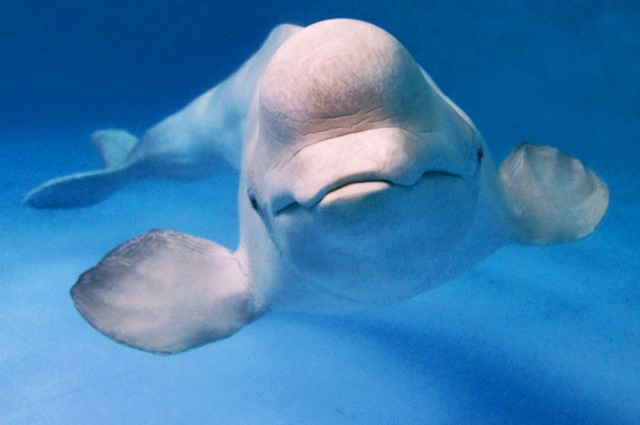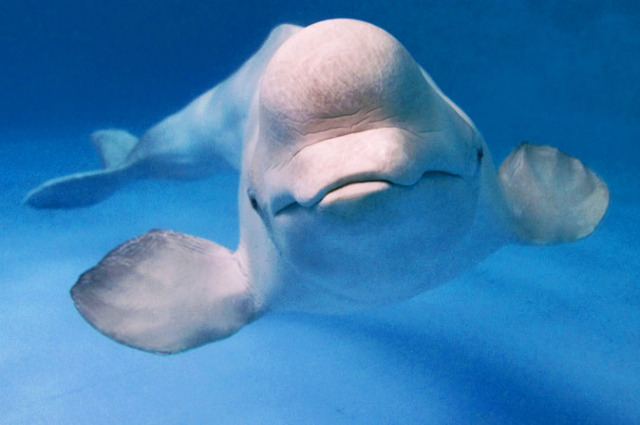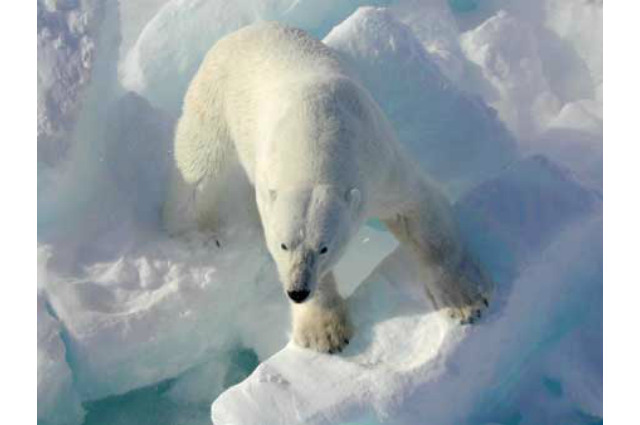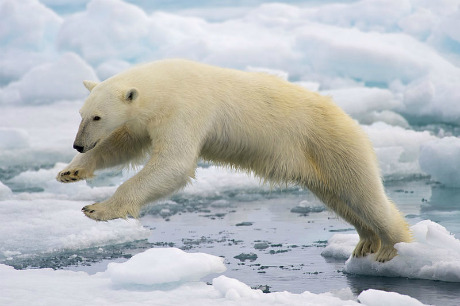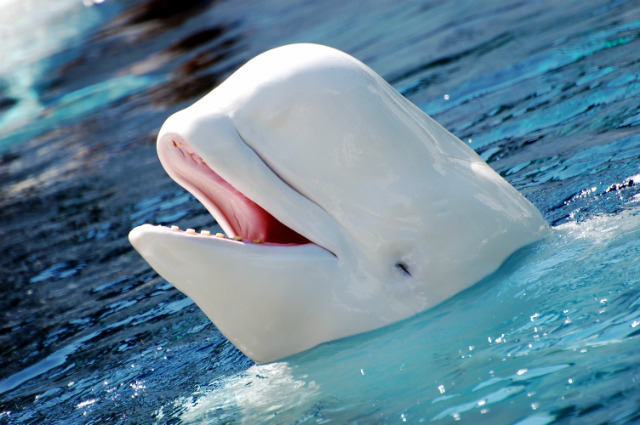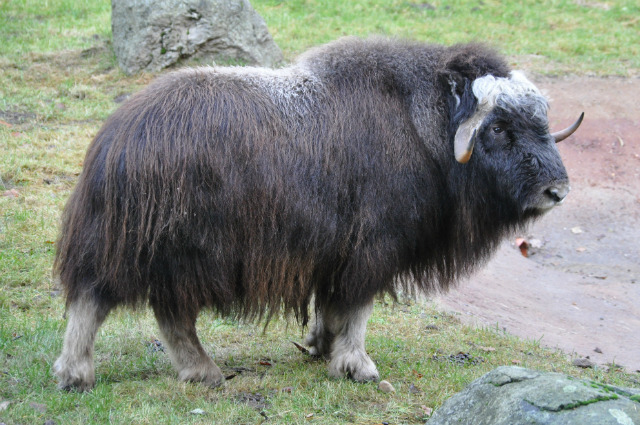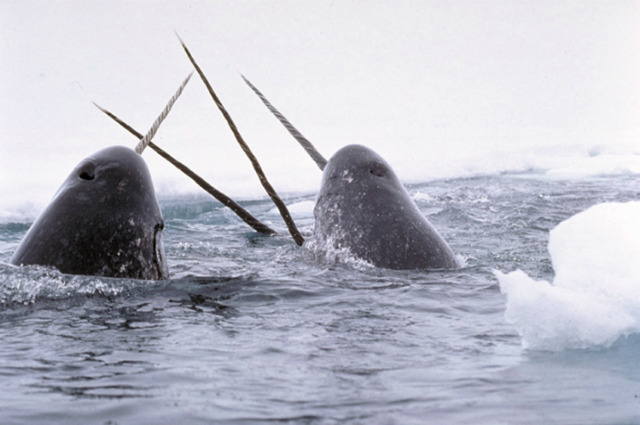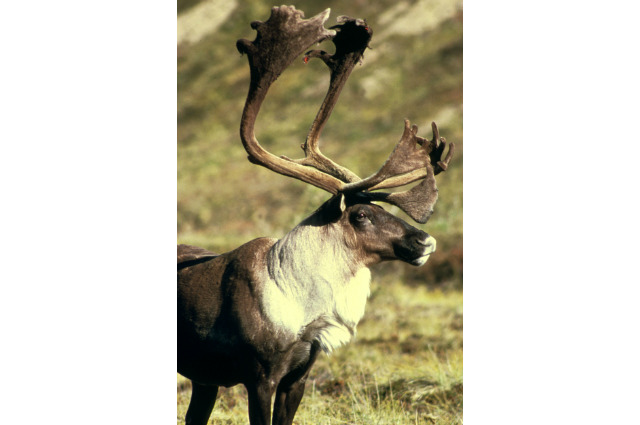A Guide To Wildlife Watching In The Arctic
A Guide to Wildlife Watching in the Arctic
Anna Campbell—The Arctic is home to some iconic and unusual wildlife—but with vast areas of inhospitable wilderness, if you want to go wildlife watching here's where to start.
Polar Bears
Where to See Polar Bears: Canada, Svalbard (Spitsbergen), Franz Josef Land—There are four main regions where you can travel to watch polar bears: Manitoba in Canada, the Canadian Arctic, the Svalbard archipelago and the remote Franz Josef Land (FJL), which is Russian territory.
In October and November, polar bears gather on the tundra outside Churchill, Manitoba, Canada to wait for the Hudson Bay to freeze over. The self-styled 'Polar Bear Capital of the World' is the best place to head if you definitely want to see this iconic Arctic predator.
Polar Bears
Sightseeing is done on specially designed tundra vehicles, and any bears who wander into town are humanely captured and flown back into the wilderness as the welfare of the bears and tourists is of equal concern.
In Spitsbergen, FJL and Arctic Canada, the best way to see polar bears is on an expedition cruise, with land excursions and opportunities to explore in small Zodiacs. Although polar bear sightings can't be guaranteed, if you spot them it'll be in a setting that's almost untouched by humans.
Belugas
Where to See Belugas: Canada, Greenland, Alaska, Russia—Belugas are known for their white skin, which make them one of the most easily distinguished species of whale. They have a distinctive round protuberance on their heads, rounded bodies, no dorsal fin and almost square flippers. They're nicknamed 'sea canaries' for their high-pitched twittering call and for being very sociable animals.
Belugas
In summer, they gather in large social groups to raise their young in estuaries and shallow coastal areas, such as the Cunningham Inlet on Somerset Island in the Canadian Arctic. In Canada, you'll also find them as far south as the St. Lawrence River which flows through Québec. Beluga whales can also be spotted around western Greenland, Alaska and northern Russia.
Musk Oxen
Where to See Muskox: Arctic Canada, Alaska, Northern Greenland— With their thick, shaggy coats and sharp, curving horns, Musk oxen look like the Arctic survivors that they are. They've roamed the Arctic tundra since the Pleistocene period (which lasted from about 2,588,000 to 11,700 years ago) meaning Musk-ox are one of the oldest species of mammals still living today.
Musk oxen got their name for the strong odour that males release to attract females, although in the Inuktitut language, musk-ox are called by the more poetic name umimmaq (the bearded ones).
The main difficulty of seeing Musk oxen in the wild is the remote locations they live in, and their shyness to humans—since they've been hunted for centuries. However, one of the more accessible regions is Nunavik (northern Québec) where local Inuit and Cree co-operatives guide small group trips.
Narwhals
Where to See Narwhals: Arctic Canada— Nicknamed the Unicorns of the Sea, narwhals are identified by the single spiral tusk that protrudes from their heads and mottled grey colouring.
These elusive whales can be difficult to see in the wild as they prefer deep Arctic water, but one good place to try is the Arctic Safari Camp, pitched on the ice floe between Baffin Island and Bylot Island in Canada's far north. In June and July narwhals come close to the edge of the ice floe as the pack ice melts.
Caribou
Where to See Caribou: Canada, Alaska, Lapland, Russia— One of the most ubiquitous animals of the Arctic, caribou (or reindeer – they're basically the same) are an integral part of the ecosystem and livelihoods of indigenous Arctic peoples.
Vast herds of hundreds of thousands of animals migrate across the North American tundra, which you can watch from floatplanes and motorized canoes. Once again, Nunavik is one of the most accessible regions.
In Lapland reindeer are herded by Sami people, and so the chance to see reindeer is often an opportunity to learn about the traditions of this indigenous culture too. You can visit reindeer farms or take half-day reindeer safaris. But if you'd prefer to look for them out in the wilderness, head to one of Sweden's national parks in late summer/early autumn when mosquitos are likely to be less of a problem.
